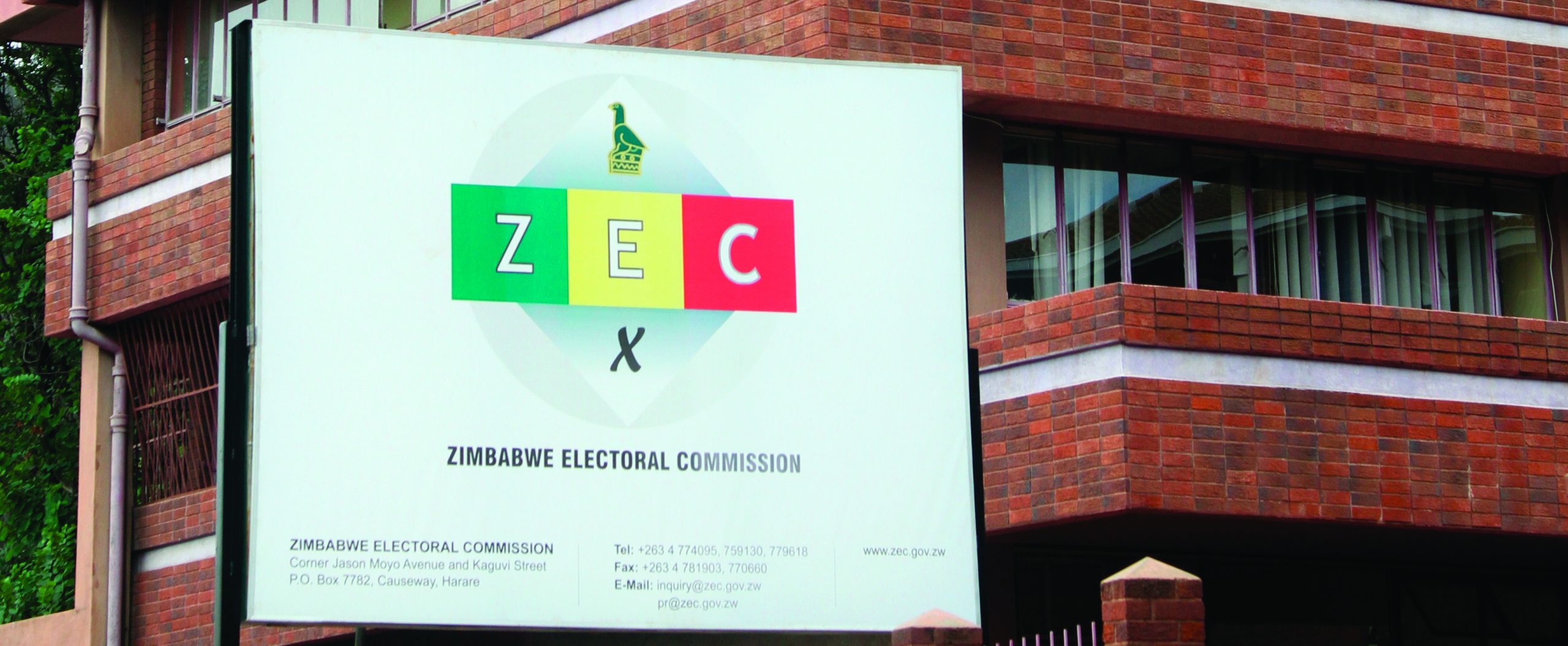
By Lenox Lizwi Mhlanga
One of the sad realities that I encountered in the public relations (PR) profession was how difficult it is to measure. However, as the years passed, I discovered it doesn’t mean it was impossible.
“It’s difficult to measure the results of a PR campaign you conducted orally through a news channel. Without data, it is harder to prove that your campaign influenced public decisions to favour your brand or your company,” according to the firm 5WPR.
The good news is that today, you can record and document PR campaigns conducted by the spoken word. Public relations experts can collect and analyse the data and present it as proof of a campaign.
The technological revolution has brought with it the ability to account for PR activities that largely seek to change perceptions and sentiment. The efforts of PR can go to waste if the outcome is not measured effectively.
Another question is that if you aren’t measuring content and its success, how can you really tell what impact that PR is having, how engaging the content is and if you are really getting across what the client wants to achieve from PR?
Richard Bagnall, the global co-managing partner for CARMA International, says that a PR professional’s role has expanded significantly and now covers required skills across each element of the Paid, Earned, Shared and Owned media model.
“Any monitoring and measurement programme deployed now needs to include these elements in its approach to be relevant, Richard says.
- Chamisa under fire over US$120K donation
- Mavhunga puts DeMbare into Chibuku quarterfinals
- Pension funds bet on Cabora Bassa oilfields
- Councils defy govt fire tender directive
Keep Reading
The Barcelona Declaration of Research Principles (also known as The Barcelona Principles) are a set of seven voluntary guidelines established by the PR industry to measure the efficiency of its campaigns. They were the first overreaching framework for effective public relations and communications measurement.
The reviewed Barcelona Principles, 3.0 identify the need for outcome, instead of output-based measurement of PR campaigns and are a call for the communications value of social media to be recognised.
Measuring content can be just as rewarding for one as it is for the client, seeing that successful results come through because of your team’s efforts.
For this reason, it is important that today’s PR professional understands the importance of measuring their work in a meaningful way. It means moving beyond counting content clips and looking to link this data output with the things that matter in PR and communications. Measuring your PR efforts is a critical part of your campaigns. It will help plan for the future, better identify and gauge the target audience and achieve business objectives.
Thanks to new digital mediums, there are several PR solutions that are available to PR professionals to measure media mentions, reach and impressions, sentiment analysis, website traffic and lead contributions.
The role of data analytics in PR can range from creating the right public relations strategies to measuring and optimising them. But despite the absence of an absolute way of measuring its impact, there is a lot of data produced through PR campaigns, and it can draw several insights from its analyses.
The Institute of Public Relations (IPR) mentioned this in their seminal paper Irreversible — The Public Relations Big Data Revolution, says practitioners must grow with this transformation by incorporating Big Data into traditional PR functions.
“The importance of Big Data is not the vast quantity of information made available, but it is the value it can create to improve performance, and better understand competitors, consumers, employees, media and other publics,” the paper says.
Overall, organizations must learn and recognise that data alone cannot answer “why” or explain inferred insights. Uncovering insights of Big Data requires a human element and critical thinking to create meaning.
The IPR paper concludes by acknowledging that most of the tools required to deliver on the benefits of data-driven public relations already exist.
“However, the challenge among communications professionals is to recognize that the profession they knew is forever gone and new skills are required. The accelerated pace of business, the digitisation of media, the need for companies to deliver more and better results for less have irreversibly changed public relations from a business of relationships to a business of terabytes,” they warn.
The public relations of today requires practitioners not only to create a catchy headline, but to manage an Excel pivot table as well, says the IPR report in its conclusion. They rightly mention what has been so obvious to the PR profession about the unmistakable winds of change blowing. It is said that the dinosaur would have survived if it knew the weather.
- Lenox Mhlanga is the managing consultant at Sunshine Corporate Communications, a boutique agency specialising in reputation management and media relations, among other PR services. He can be contacted on email: [email protected] or mobile: +263772 400 656










